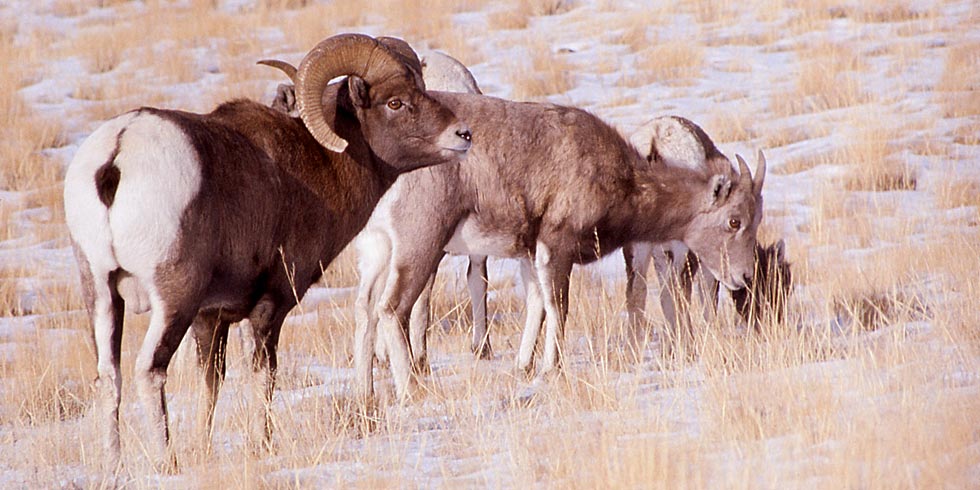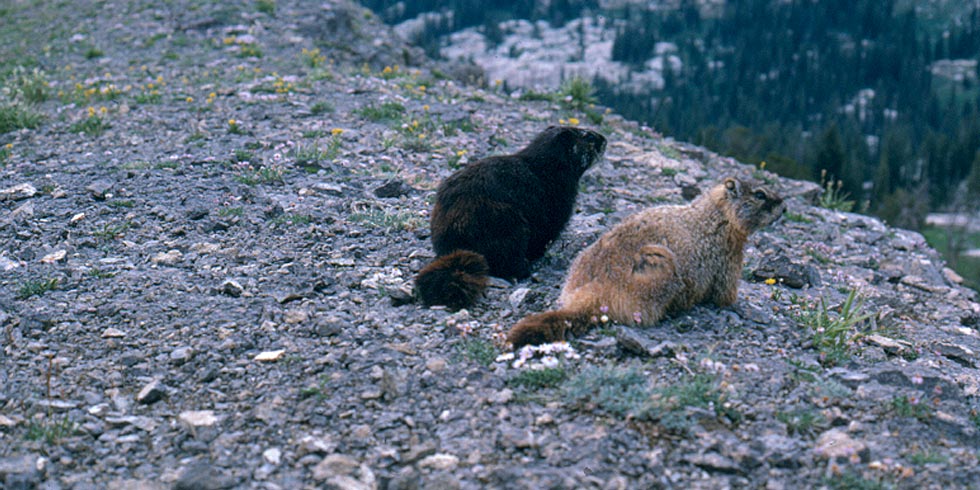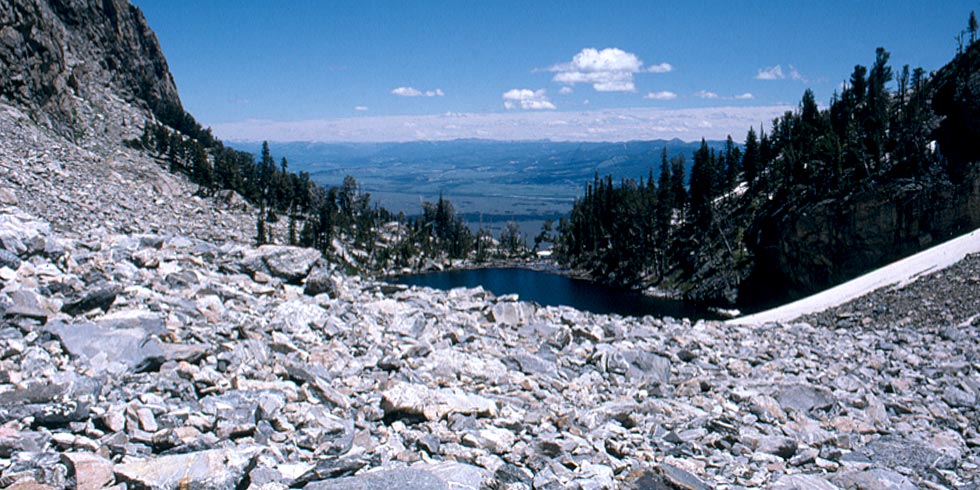Alpine Community
Overview
Life above treeline is precarious. Plants and animals in the alpine community must adapt to an environment of extremes, including scant soil, intense solar radiation, short growing season, extreme temperatures, heavy snow cover and fierce winds. Survival in this harsh environment requires that plants use unique strategies and adaptations to overcome these limitations.
Alpine Community
Plants
Over 1,000 species of vascular plants grow in Grand Teton National Park and the surrounding area. Soil conditions, availability of moisture, slope, aspect, and elevation all determine where plants grow. Plants that require similar conditions are often found growing in the same area. Animals depend on plants within a community for food and shelter. The plants in an area often determine the animals that occur in that area. These associations form various wild communities.
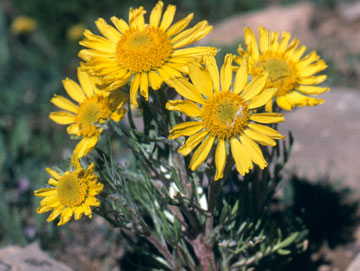 |
Alpine Sunflower
Hymenoxys grandifloraThe alpine sunflower has a large flower compared to the plant’s height. Like many sunflowers, it tracks the sun through the day. It may grow for 12 to 15 years before it blooms; once it blooms, it dies.
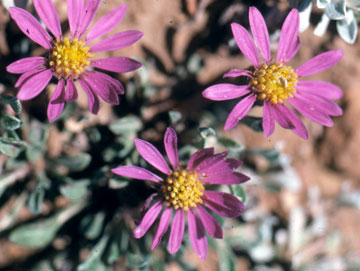 |
Alpine Townsendia
Townsendia alpigenaThe alpine townsendia grows as a low cushion plant adapted to drying winds and cold temperatures. Many alpine flowers have overly large flowers as seen by these large purple flowers with yellow centers.
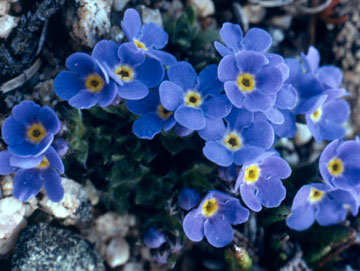 |
Alpine Forget-me-not
Eritrichium nanumThe alpine forget-me-not is the park’s official flower. It only grows on the high peaks, but its azure blue petals and a bright yellow center make it memorable after a strenuous climb into the lofty peaks.
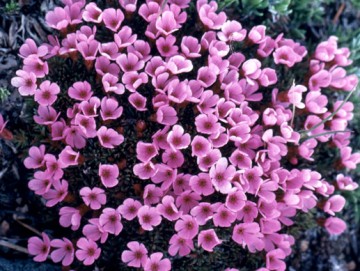 |
Moss campion
Silene acaulisMoss campion is a common alpine plant. It grows as a low cushion, often less than an inch high, to escape drying winds and cold temperatures. When in bloom, it produces a colorful display among the rocks.
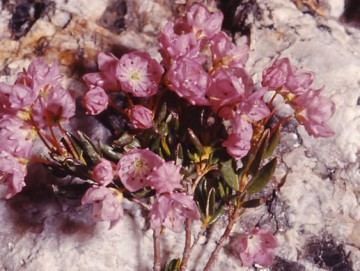 |
Alpine Laurel
Kalmia microphyllaThe blooms of alpine laurel, an evergreen shrub, may cover wet alpine meadows and alpine lakeshores with a splash of bright pink. Look for alpine laurel along the shores of Holly, Amphitheater and String lakes.
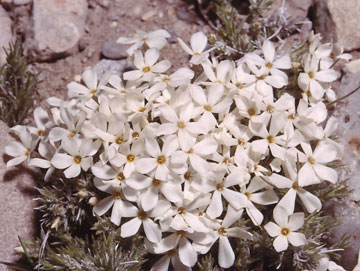 |
Cushion Phlox
Phlox pulvinataCushion phlox grows as a low plant among the rocks of the alpine. The petals may be white, pale lilac or light pink, while the stamens are yellow. The five petals join to form a narrow central tube.
Alpine Community
Mammals
With varied elevations and a variety of wild communities, Grand Teton National Park is home to over 60 species of mammals. Large ungulates like moose, elk, mule deer, bison, and pronghorn are commonly seen along park roads. Although less common, large predatory mammals such as grizzly bears, black bears and coyotes are also regularly seen, while wolves and mountain lions are more elusive. Smaller mammals are abundant in the park, and species such as Uinta and golden-mantled ground squirrels, least chipmunks, red squirrels and pikas are commonly seen. Look for muskrats, beavers, or river otters in wetland communities. Bats frequently cruise above waterways for insects. Every wild community has its own assemblage of mammalian species.
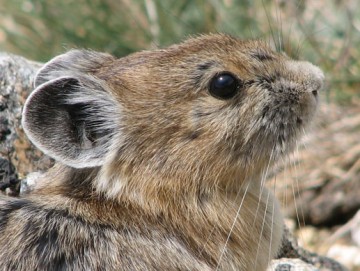 |
American Pika
Ochotona princepsHikers may hear the pika’s call, a small mammal related to rabbits. In summer, pikas scurry among talus slopes and alpine meadows, gathering and stacking grasses and wildflowers into haystacks for winter.
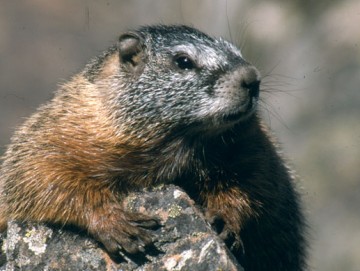 |
Yellow-bellied Marmot
Marmota flaviventrisThe yellow-bellied marmot is a large ground squirrel ranging from the valley floor to the alpine. It spends most of the summer feeding or basking on warm rocks. In winter, it may hibernate more than eight months.
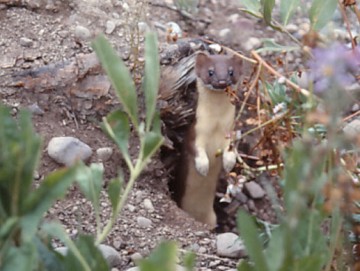 |
Long-tailed Weasel
Mustela frenataThe long-tailed weasel is one of the park’s smallest predators. It feeds on pikas and other small prey. Its summer coat is light reddish brown with a black tipped tail. In winter, the brown fur turns white.
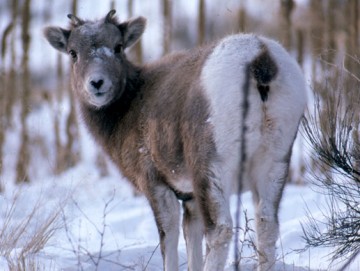 |
Bighorn Sheep
Ovis canadensisBighorn sheep in the park live in the alpine. They once wintered in the valley, but now spend their lives in the mountains. Both sexes have horns that grow continuously, but only the males have large horns.
Alpine Community
Birds
Birds in Grand Teton National Park are varied and abundant with over 300 species having been observed in the park. Birds are most abundant during the spring and fall migration, although over 60 species regularly breed in the park. For the avid bird watcher the park can be a good place to observe a number of Rocky Mountain and Western species including the trumpeter swan, cinnamon teal, Barrow’s goldeneye, Swainson’s hawk, greater sage grouse, dusky (blue) grouse, great gray owl, broad-tailed and calliope hummingbirds, violet-green swallow, Steller’s jay, black-billed magpie, Clark’s nutcracker, mountain chickadee, dipper, mountain bluebird, yellow-headed blackbird, western tanager and rosy finch. Other commonly seen birds in the park include common merganser, bald eagle, osprey, sandhill crane, common raven, yellow and yellow-rumped warbler.
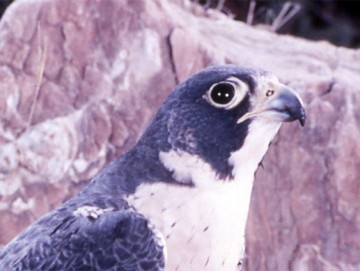 |
Peregrine falcon
Falco peregrinusThe peregrine falcon is the fastest bird in the world reaching speeds of over 200 mph. Its body is dark blue-black above with a barred breast and belly. The head appears hooded over a white chin.
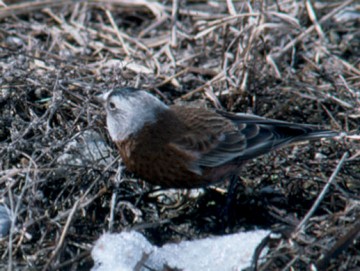 |
Rosy Finch
Leucosticte arctoaThe rosy finch breeds in the alpine nesting in rock crevices. It feeds on seeds and insects, picking insects off the surface of snowfields and glaciers. In winter, it abandons the alpine for lower elevations.
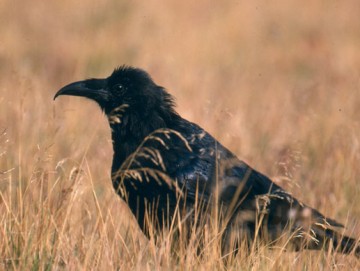 |
Raven
Corvus coraxRavens are intelligent large black crow-like birds with a ruff of neck feathers and a wedge-shaped tail. High in the alpine, where it seems that animals are absent, ravens can be seen playing on the winds.
Alpine Community
Invertebrates
Insects and other invertebrates are some of the most abundant and most important animal groups in the park. There are over 10,000 species of invertebrates in the park. These animals play important roles in wild communities - insects function as pollinators of the park’s abundant wildflowers, while insects and other invertebrates, are food for mammals and birds from the largest grizzly bear to the smallest warbler. Invertebrates act as critical decomposers and nutrient-recyclers and cause important plant diseases.
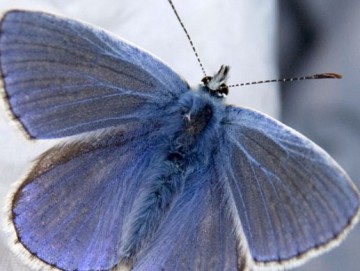 |
Northern Blue
Lycaeides idasNorthern blue butterflies live in alpine meadows. Males are iridescent blue above; females are brownish above with orange along the edges. Both sexes are blue-gray below with black, white and orange spots.
Discover Grand Teton is funded by the Grand Teton National Park Foundation in partnership with the National Park Service.
gtnpf.org
gtnpf.org
